Yellow Box Tree (Eucalyptus Melliodora)
- November 26, 2024
- 0 comment
The Yellow Box Tree (Eucalyptus melliodora) is one of Australia’s most iconic trees, valued for its ecological, environmental, and cultural importance. Renowned for its resilience and adaptability, it plays a vital role in supporting biodiversity and maintaining healthy ecosystems.

As a member of the eucalyptus family, it is a cornerstone of native Australian flora, providing habitat, food, and shelter to a wide array of wildlife.
What Is a Yellow Box Tree?
The Yellow Box Tree belongs to the family Myrtaceae and is scientifically classified as Eucalyptus melliodora. Native to southeastern Australia, this medium-to-large tree is celebrated for its fragrant flowers and honey production. Its distinguishing characteristics include:
- Leaves: Narrow, lance-shaped leaves that are dull green to blue-green, releasing a characteristic eucalyptus aroma.
- Flowers: Creamy white to pale yellow flowers, rich in nectar, making them a favorite for bees and other pollinators.
- Bark: A distinctive patchy or mottled bark that can vary from smooth grey to rough and fibrous textures.
Interestingly, the Yellow Box Tree is highly valued for its ability to improve soil health, stabilize erosion-prone areas, and sequester carbon, making it essential for both agricultural and conservation landscapes. Its lifespan often exceeds 100 years, showcasing its longevity and durability.
Two Different Types of Yellow Box Tree Species
While the Eucalyptus melliodora is itself a unique species, it shares its habitat with several closely related species of eucalypts, such as:
Eucalyptus Leucoxylon (Yellow Gum)
Similar in appearance but grows in slightly different soil conditions.


Eucalyptus Polyanthemos (Red Box)
Known for its rounded leaves and robust growth.
These species differ in size, bark texture, and preferred habitat, but all play critical roles in supporting biodiversity, providing shelter to native animals, and enhancing soil quality.
Where Do Yellow Box Trees Grow?
The Yellow Box Tree is native to southeastern Australia, thriving in:
- Natural Habitats: Open woodlands, grassy plains, and valleys.
- Geographical Range: Common in New South Wales, Victoria, and Queensland.
- Climate Adaptation: The tree is highly adaptable to dry, arid, and subtropical climates. It prefers well-drained soils and can survive in areas with low to moderate rainfall.
Ecologically, the Yellow Box Tree serves as a natural stabilizer, reducing soil erosion and maintaining water cycles in its environment. It is also a critical source of food and habitat for species like the endangered regent honeyeater and koalas.
How to Grow and Care for Yellow Box Tree
Growing a Yellow Box Tree requires careful consideration of its natural preferences:

- Soil: Well-draining soils, preferably sandy or loamy, with moderate fertility.
- Water: Drought-tolerant but benefits from consistent watering during its establishment phase.
- Sunlight: Full sun exposure ensures optimal growth and flowering.
To propagate, seeds are the most common method. They germinate best when sown in a warm, sunny environment. Once established, the tree requires minimal maintenance, with occasional pruning to remove dead or damaged branches and periodic checks for pests or diseases.
Ecological Benefits of Yellow Box Tree
The ecological significance of the Yellow Box Tree is profound:
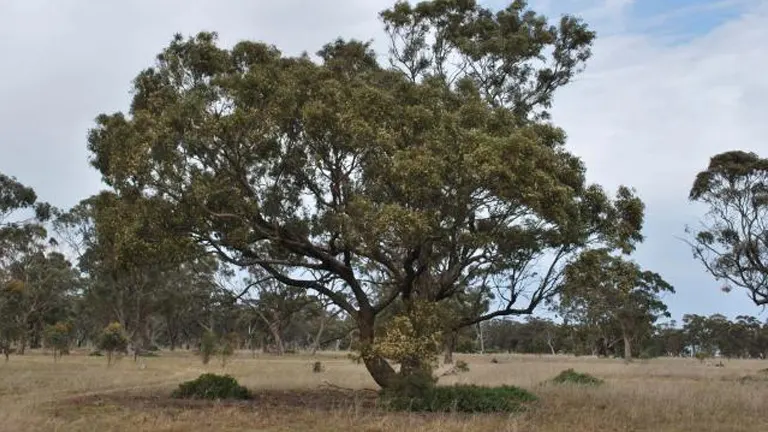
- Soil Health: Improves soil quality by cycling nutrients and reducing salinity.
- Erosion Control: Stabilizes soil in erosion-prone areas.
- Biodiversity Support: Provides nectar for pollinators, nesting sites for birds, and shelter for marsupials.
Its presence enhances the ecological balance of its native landscapes, contributing to the sustainability of local ecosystems.
Yellow Box Tree Flowering and Pollination
The Yellow Box Tree typically flowers between September and January. Its blooms are small but highly fragrant, with pale yellow petals that are rich in nectar. These flowers are a primary food source for pollinators such as bees, butterflies, and birds. In fact, honey produced from Yellow Box nectar is considered one of the finest in Australia, prized for its rich flavor and medicinal properties.
Is Yellow Box Tree Drought-Tolerant?
Yes, the Yellow Box Tree is highly drought-tolerant, making it ideal for regions with limited water. It achieves this resilience through:
- Deep Roots: Allowing access to underground water sources.
- Efficient Water Use: Reducing water loss through its leaves in dry conditions.
For gardeners in arid or semi-arid regions, this tree is an excellent choice, requiring minimal watering once established.
Yellow Box Tree and Wildlife Interactions
The Yellow Box Tree is a cornerstone species in its ecosystem, supporting a range of wildlife:
- Pollinators: Bees and butterflies flock to its flowers, playing a key role in its pollination.
- Shelter: Birds, such as parrots and honeyeaters, build nests in its branches.
- Symbiosis: Beneficial insects like wasps help protect the tree by preying on harmful pests.
This tree’s presence significantly enhances local biodiversity, creating a thriving habitat for flora and fauna.
Conclusions
The Yellow Box Tree (Eucalyptus melliodora) is a vital part of Australia’s natural heritage. Its ecological, economic, and cultural contributions underscore its importance in promoting biodiversity, preventing soil erosion, and supporting wildlife. Whether in a natural woodland or a home garden, this resilient tree serves as a reminder of the critical role trees play in maintaining environmental health and balance. By conserving and planting Yellow Box Trees, we can ensure their legacy continues for future generations.
Frequently Asked Questions (FAQs)
- What is a Yellow Box Tree?
The Yellow Box Tree is a native Australian eucalyptus species known for its fragrant flowers, durable wood, and ecological significance. - What is the scientific name of the Yellow Box Tree?
Its scientific name is Eucalyptus melliodora. - Where does the Yellow Box Tree grow?
It thrives in southeastern Australia, in open woodlands and valleys, and adapts well to arid and subtropical climates. - What are the key characteristics of the Yellow Box Tree?
It has lance-shaped leaves, creamy yellow flowers, and distinctive mottled or rough bark. - How does the Yellow Box Tree benefit ecosystems?
It supports biodiversity, stabilizes soil, prevents erosion, and provides nectar for pollinators like bees. - Is the Yellow Box Tree drought-tolerant?
Yes, it is highly drought-tolerant due to its deep roots and efficient water use. - When does the Yellow Box Tree flower?
It flowers from September to January, producing nectar-rich blooms that attract pollinators. - How can I grow a Yellow Box Tree?
Plant it in well-draining soil, provide full sun, and water consistently during the establishment phase. - What wildlife relies on the Yellow Box Tree?
Birds, bees, butterflies, and marsupials use it for food, shelter, and nesting. - Why is the Yellow Box Tree important?
It enhances soil health, promotes biodiversity, produces high-quality honey, and plays a key role in environmental conservation.
We hope this guide has inspired you to appreciate the ecological importance of the Yellow Box Tree (Eucalyptus melliodora). Have experiences or tips to share? Join the conversation below and help spread awareness about this remarkable tree. Don’t forget to share this guide with others passionate about nature and conservation!


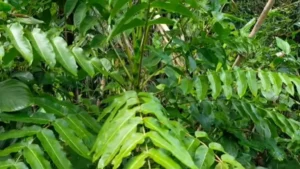
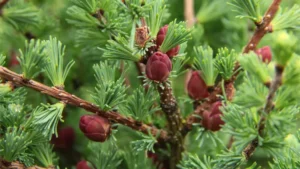

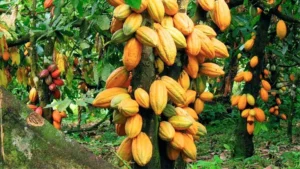
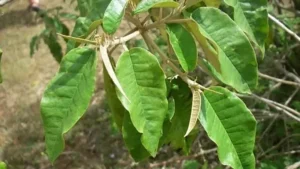
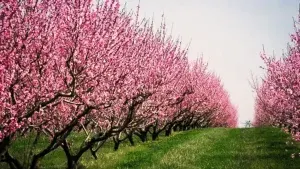

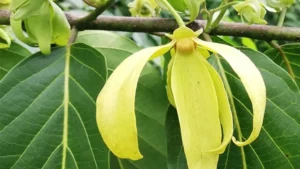
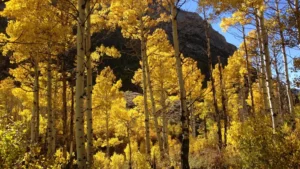

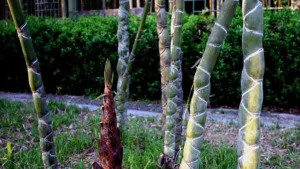
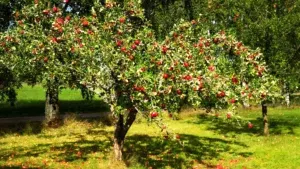
Leave your comment